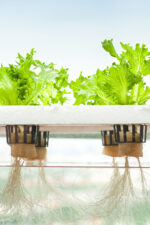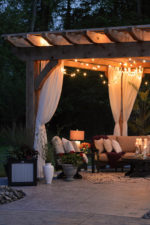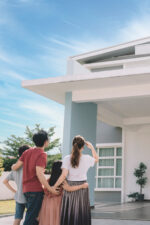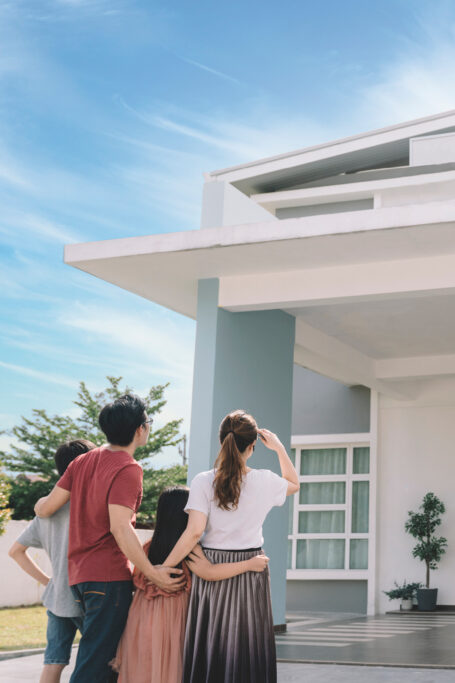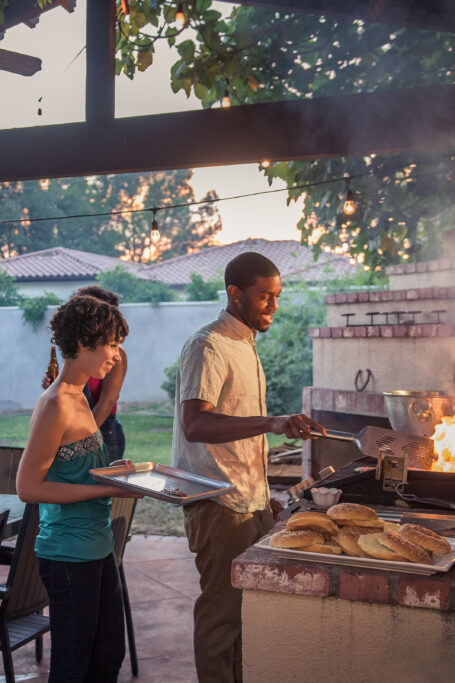Vegetable Gardening 101
Planting your own vegetable garden is a rewarding and sustainable way to put fresh, homegrown goodness on your dining table—and you don’t even need a green thumb to do so.
Use the steps and tips in the following guide to help you get started on creating a robust crop of veggies.

Make a plan
As you embark on your gardening journey, take care not to bite off more than you can chew. A common mistake novice gardeners make is diving into a complex garden before grasping the basics, which can lead to frustration. To avoid overextending yourself, choose up to five types of veggies only, opting for ones that are simple to grow, such as radishes, lettuce, kale, spinach, peas, or green beans. Then research their planting requirements, care needs, and crop yield to ensure you’re thoroughly prepared to begin.
One key factor to consider when deciding on your plants is whether the ones you’re interested in are compatible. For example, potatoes should not be planted close to cucumbers since they may compete for water and nutrients, hindering the growth of both plants. Meanwhile, peas are an excellent companion to eggplant due to the nitrogen they fix in the soil, which may help the eggplant to thrive. In addition, even with a small garden, try to have a variety of crops; biodiversity can act as a natural defense against pests and safeguard soil quality.
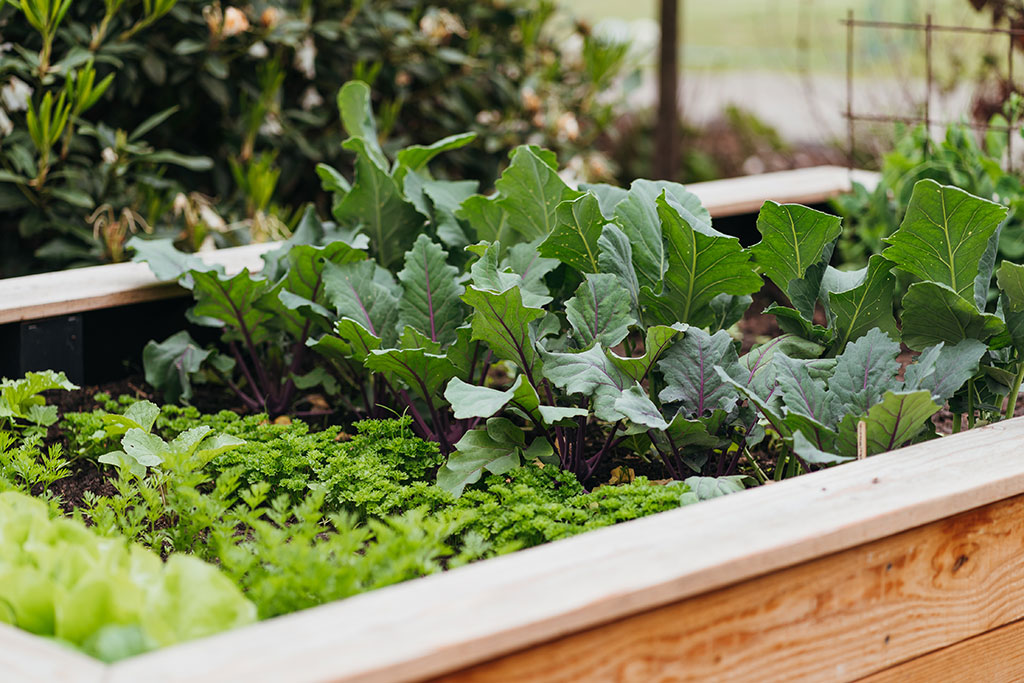
Anticipate consumption
When planning your garden, be realistic about how much you need to plant. Some vegetables, including tomatoes, peppers, and squash, produce fruit throughout the growing season, so you’d need fewer seeds to meet your needs. Other vegetables, like carrots, radishes, and corn, only offer one harvest, requiring you to replant them for additional yields. Consider your family’s eating habits and whether you want to use all the produce yourself or have extra to freeze or share with others. This will help you determine how much to put in your garden.
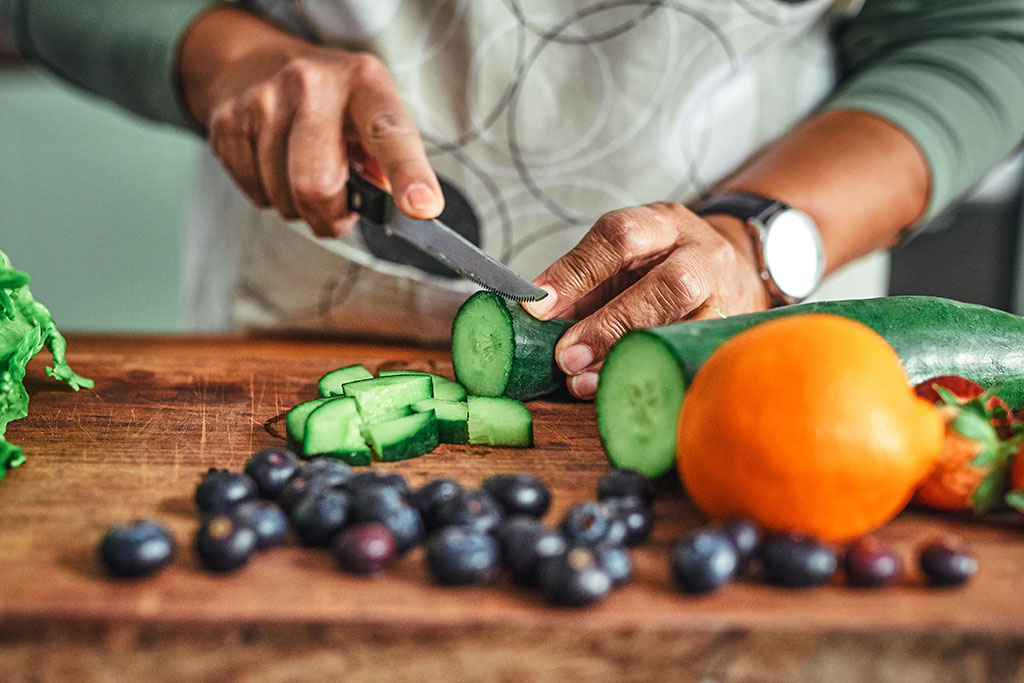
Select your size and location
A 10-by-10-foot garden is an optimal size for beginners, though it will depend on what you want to grow. For instance, pole varieties of green beans and peas grow vertically, while potatoes and lettuce grow horizontally, so you’ll need to plan your garden carefully to ensure each has the space it needs to flourish. Also, select a location that provides optimal sunlight for your chosen plants. Veggies like squash, peppers, and tomatoes require a south-facing garden, which gets sunlight all day. Conversely, ones like leafy greens, carrots, and brussels sprouts would flourish more in a shady north-facing garden.
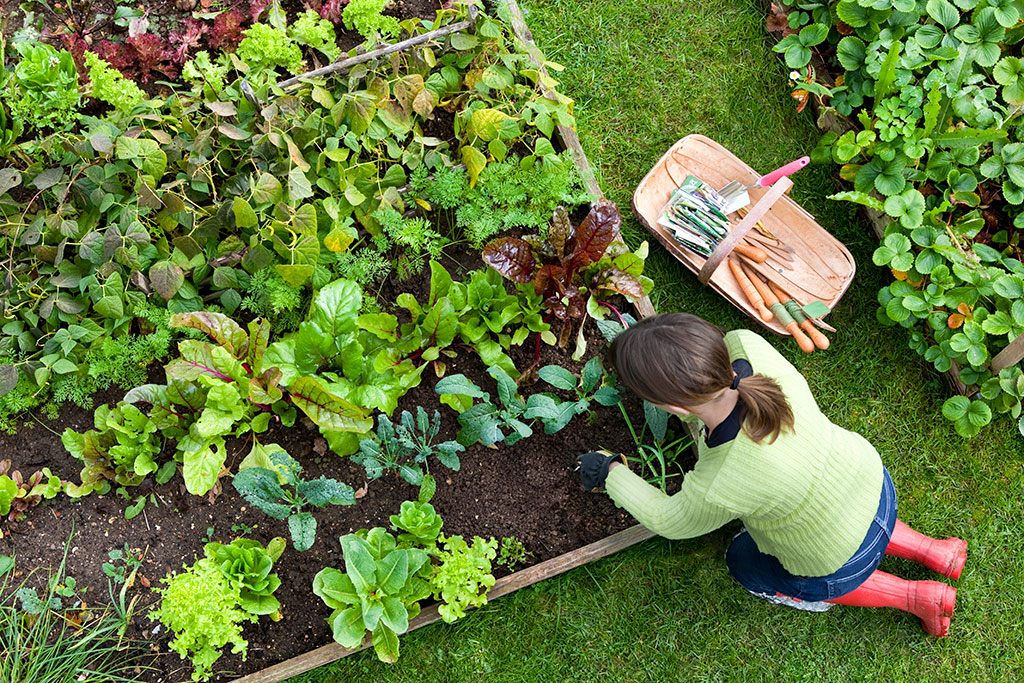
Determine your climate zone
Not all seeds can be planted simultaneously since each may require different climate conditions to thrive; if planted too soon or too late, they will not result in a good harvest. Therefore, it’s essential to know what climate zone you live in. Consider consulting the Old Farmer’s Almanac website, which provides a comprehensive calendar for when to plant different vegetables along with a list of frost dates for your specific location.
Select the right seeds
Because there are many varieties to choose from, it can be a challenge knowing which seeds to go with when first getting started. Some garden experts recommend that newbies use hybrid seeds since they are hearty and robust, but it will ultimately depend on your crop selections. Your local nursery, feed store, or farmers co-op can be a good source of information to help you learn which ones are best for your specific plans.
You’ll also want to verify that the seeds you pick are grown or sourced either locally or regionally since they are more likely to thrive in your area’s climate. Lastly, check the dates on the seed packets to ensure you are buying fresh ones; many can stay viable for several years, but others have a shorter shelf life. For example, cucumber, tomato, and melon seeds can last for five to six years, while ones for peas, peppers, and beans are best used within two to three years.
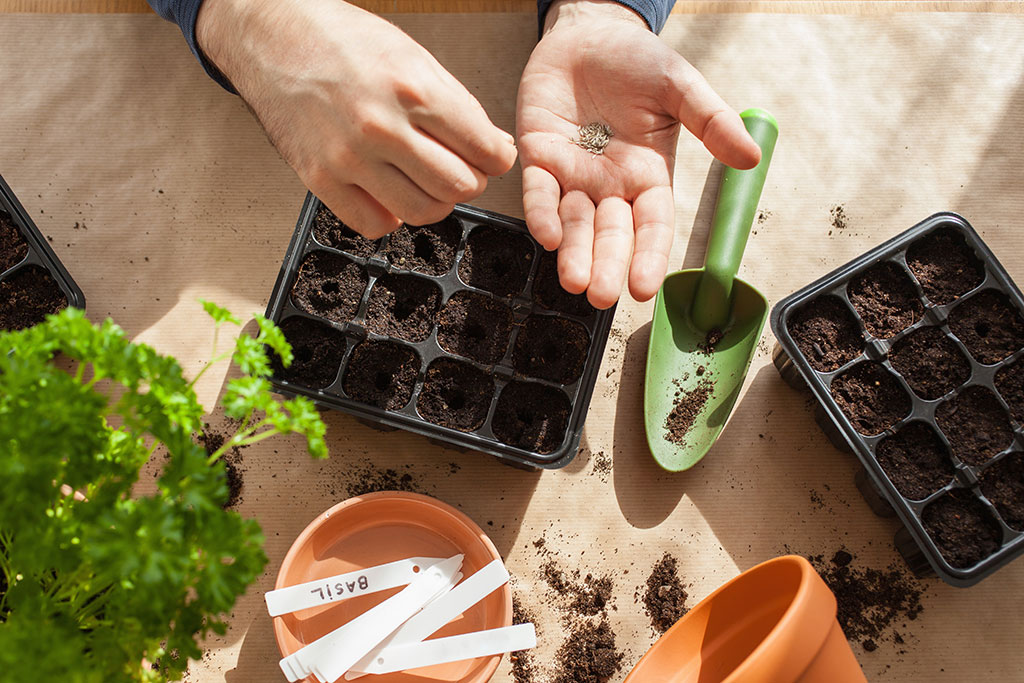
Plant wisely
Always follow the planting instructions found on the seed packets, which will tell you what time of year to plant and how deep to sow the seeds. To safeguard your seedlings from fungal and mold growth and prepare them for adverse weather, make sure they receive proper airflow—just enough outside air movement where the leaves are slightly moving. If they don’t, consider placing a small, slow-speed oscillating fan nearby to improve the circulation in your garden. Then it’s just a matter of watering your plants per their instructions, watching your homegrown wonders flourish, and harvesting the delicious bounty they yield.

